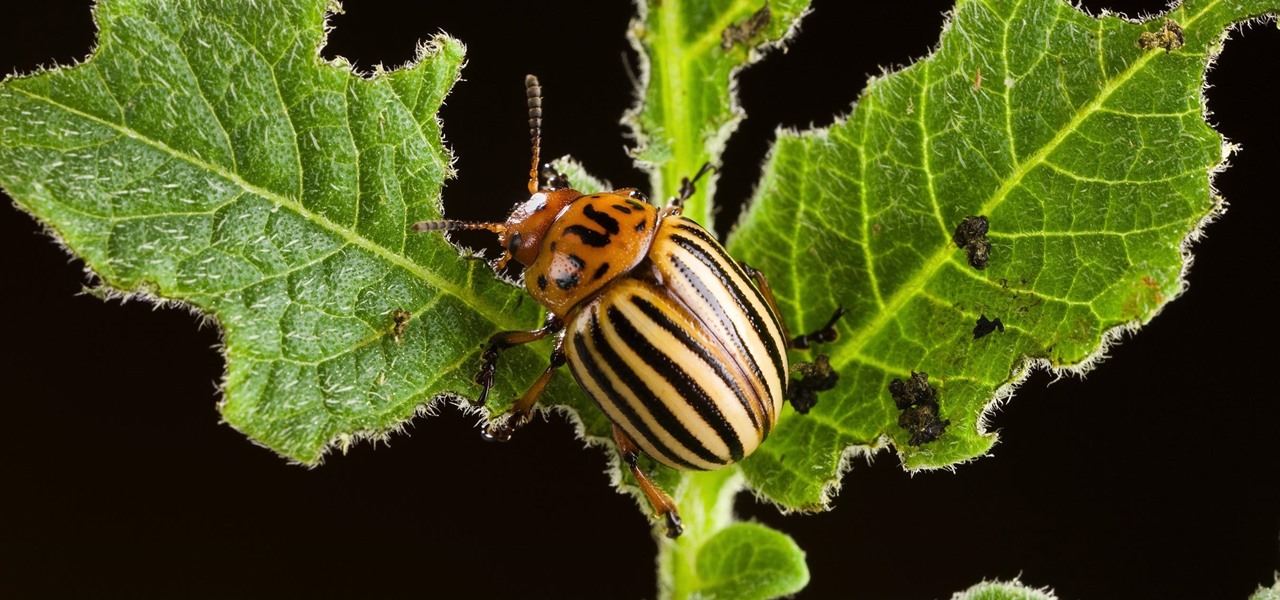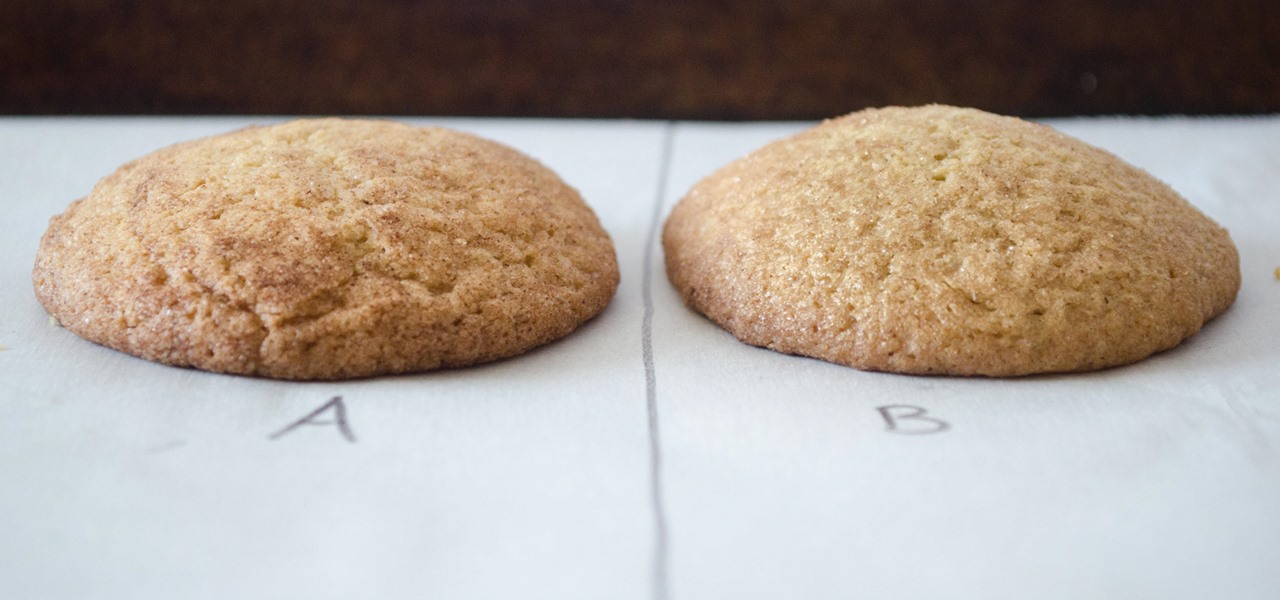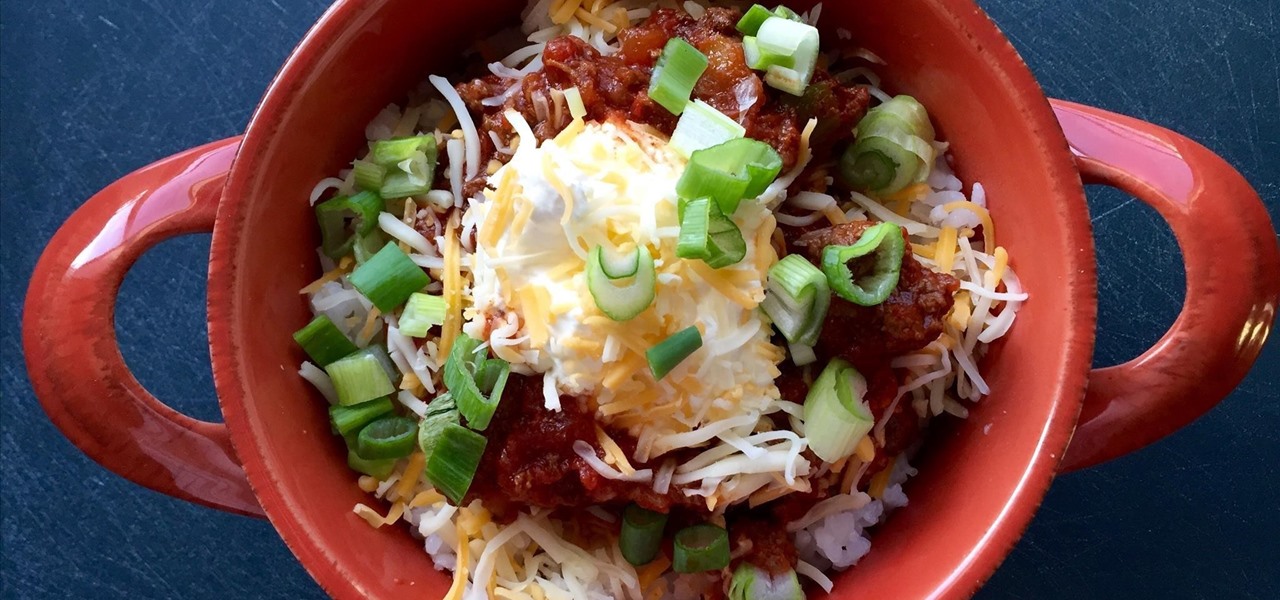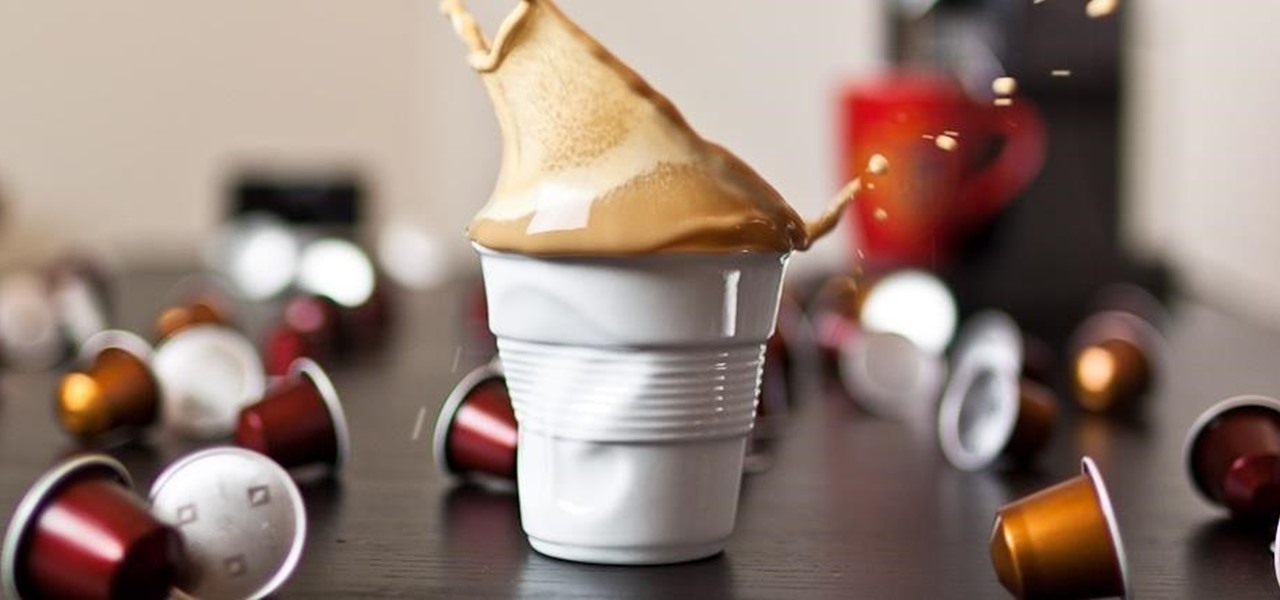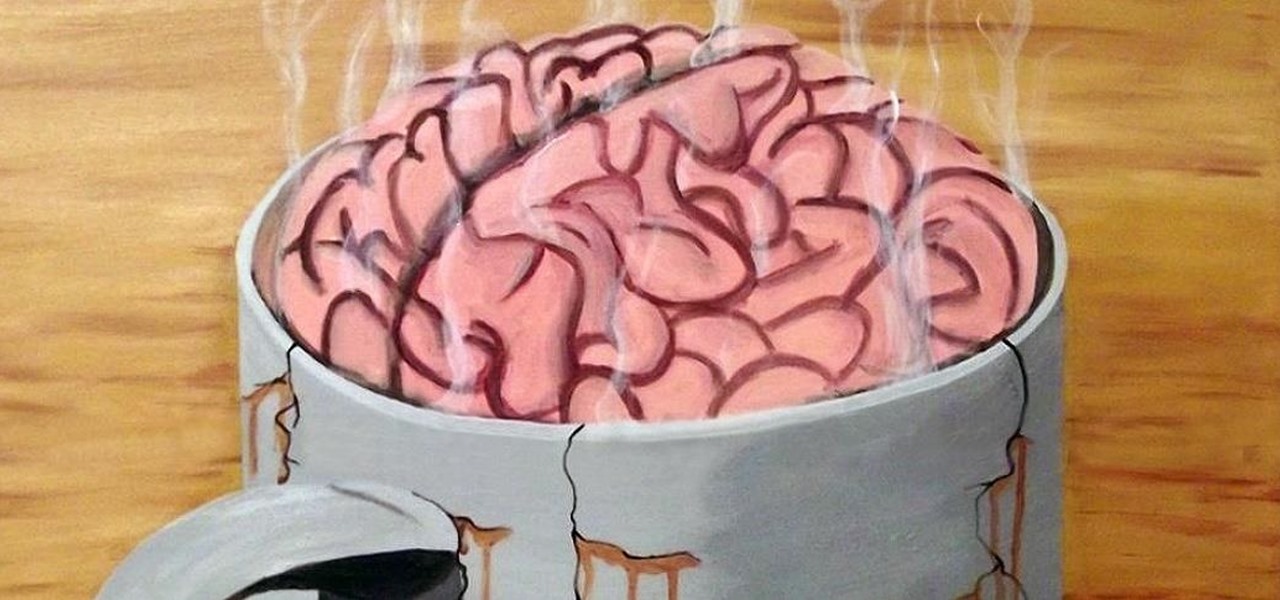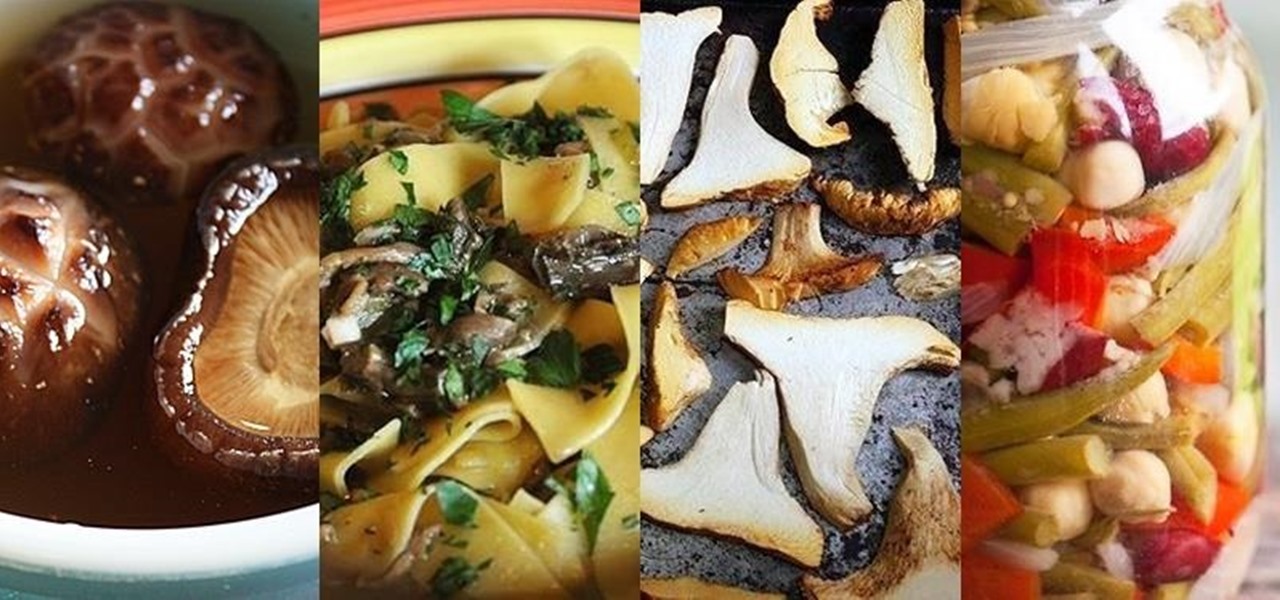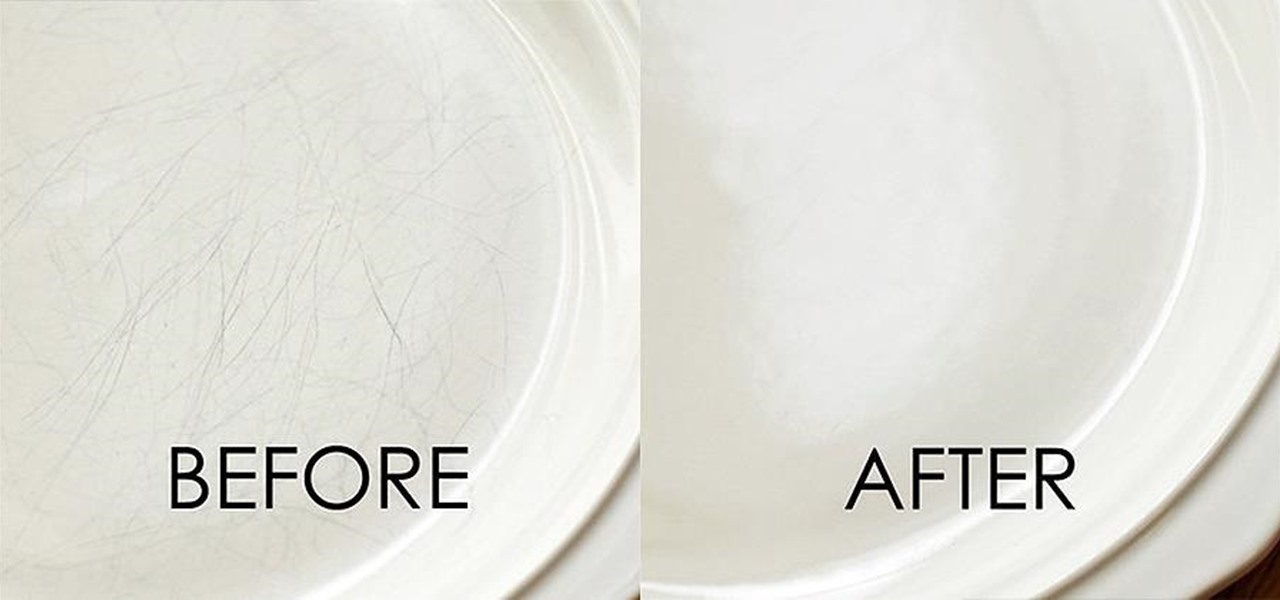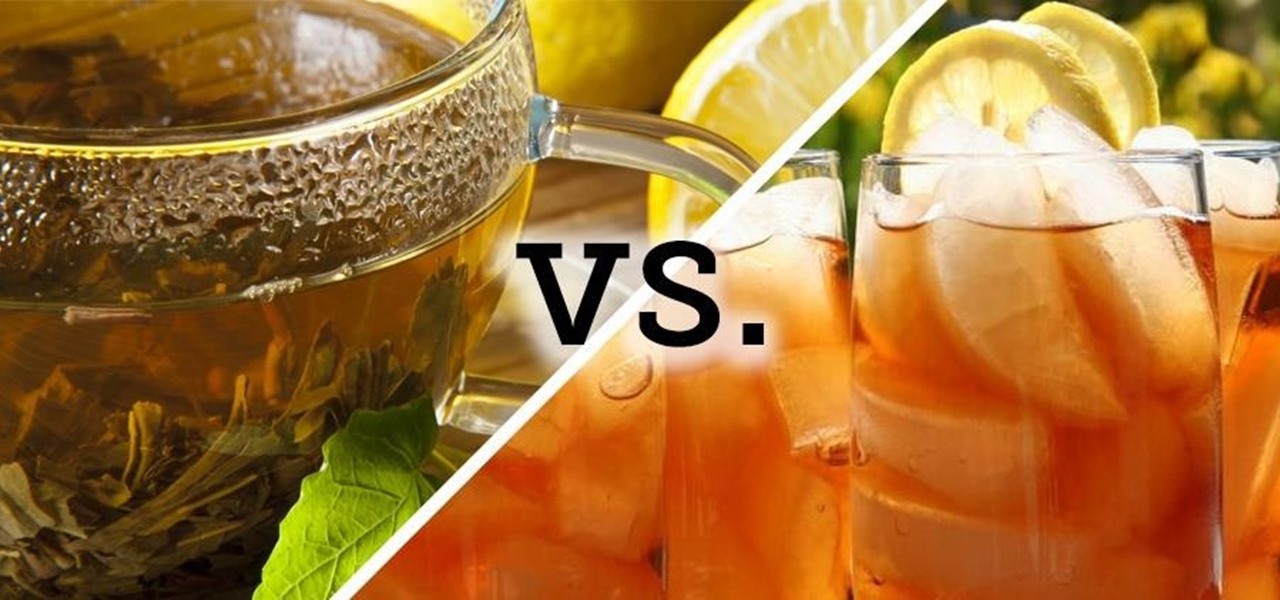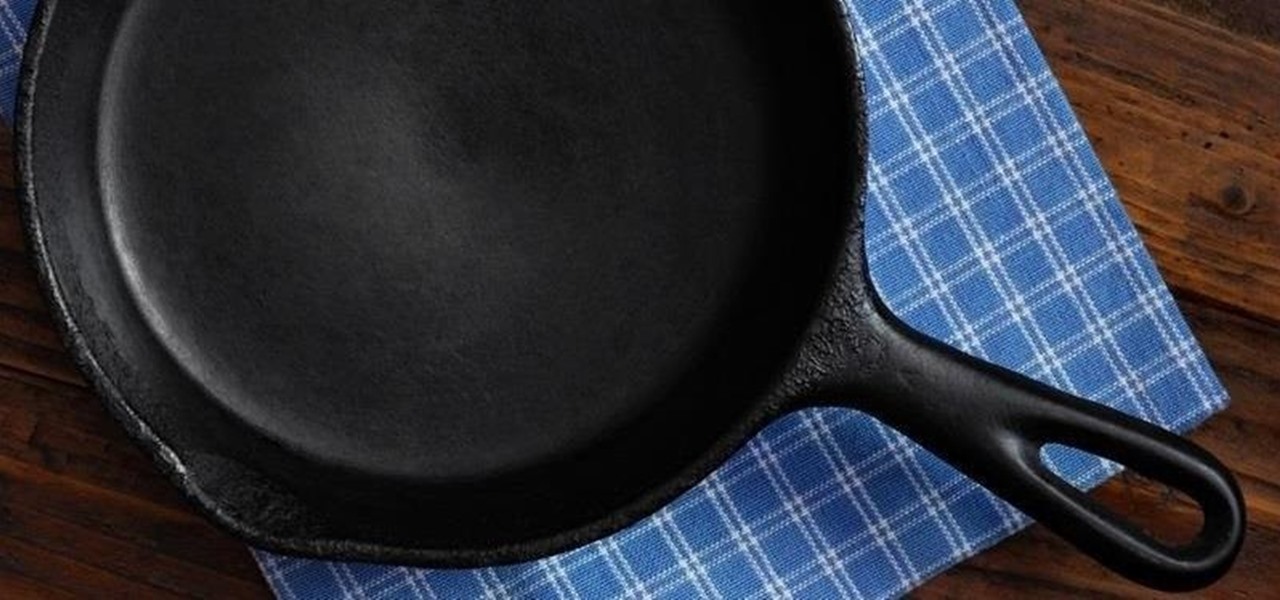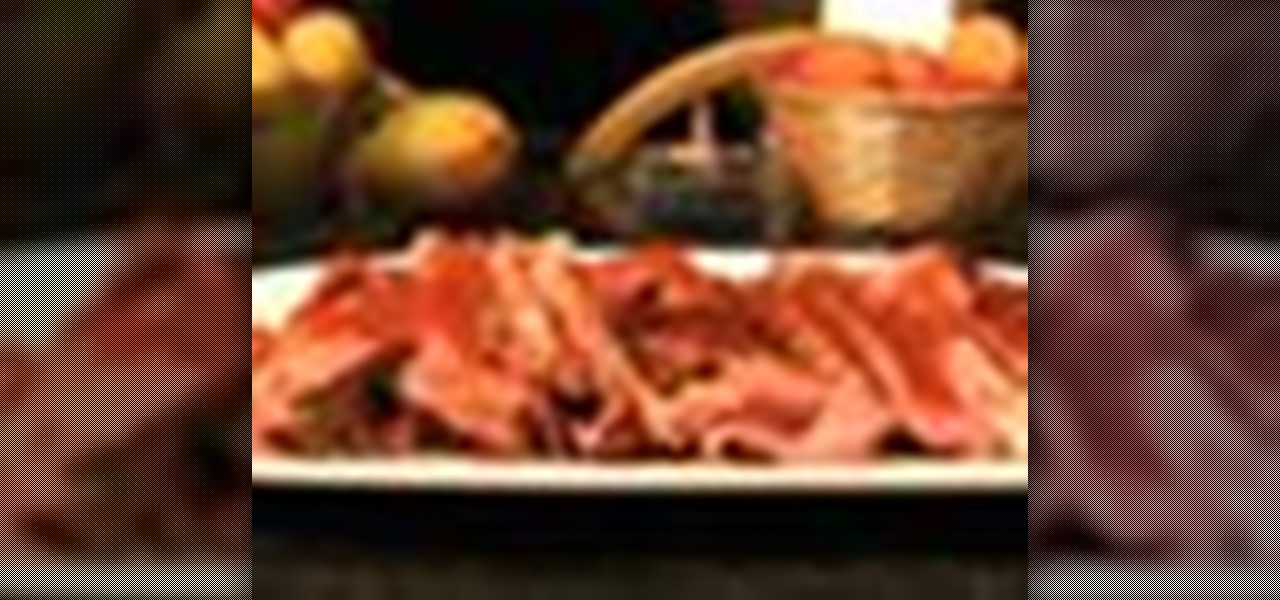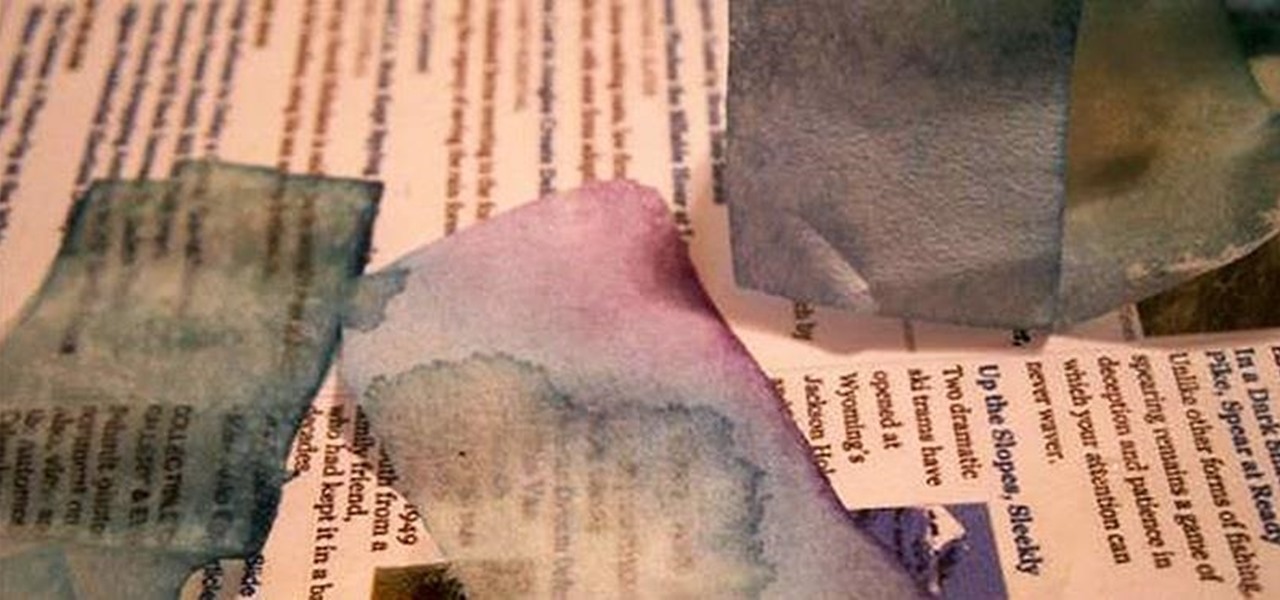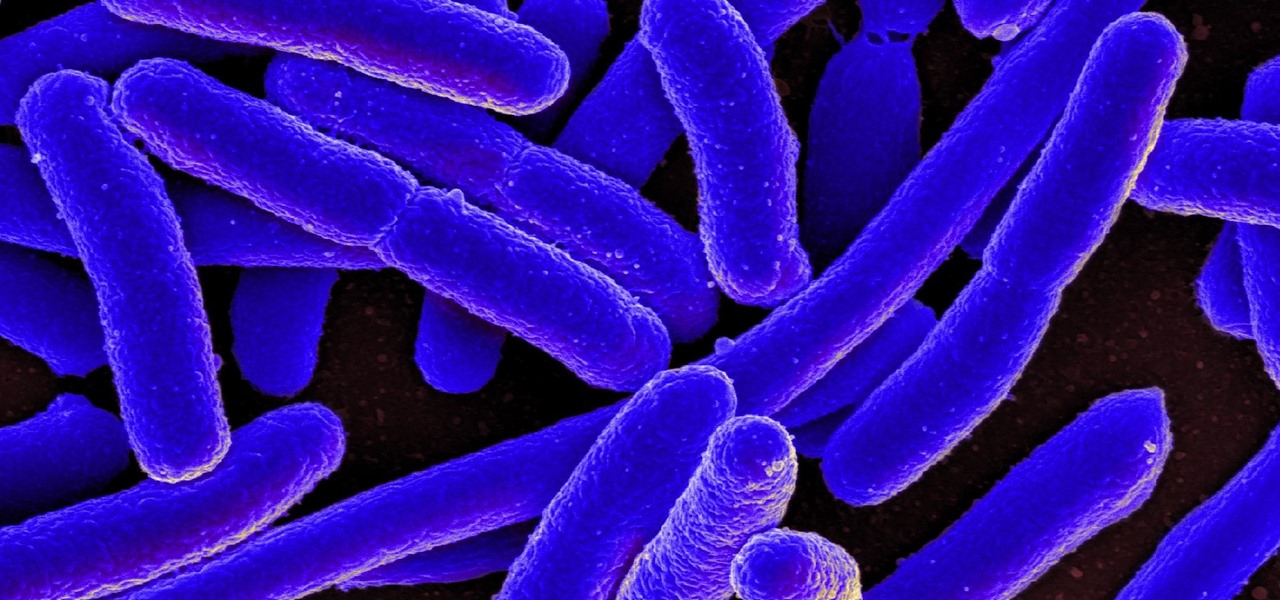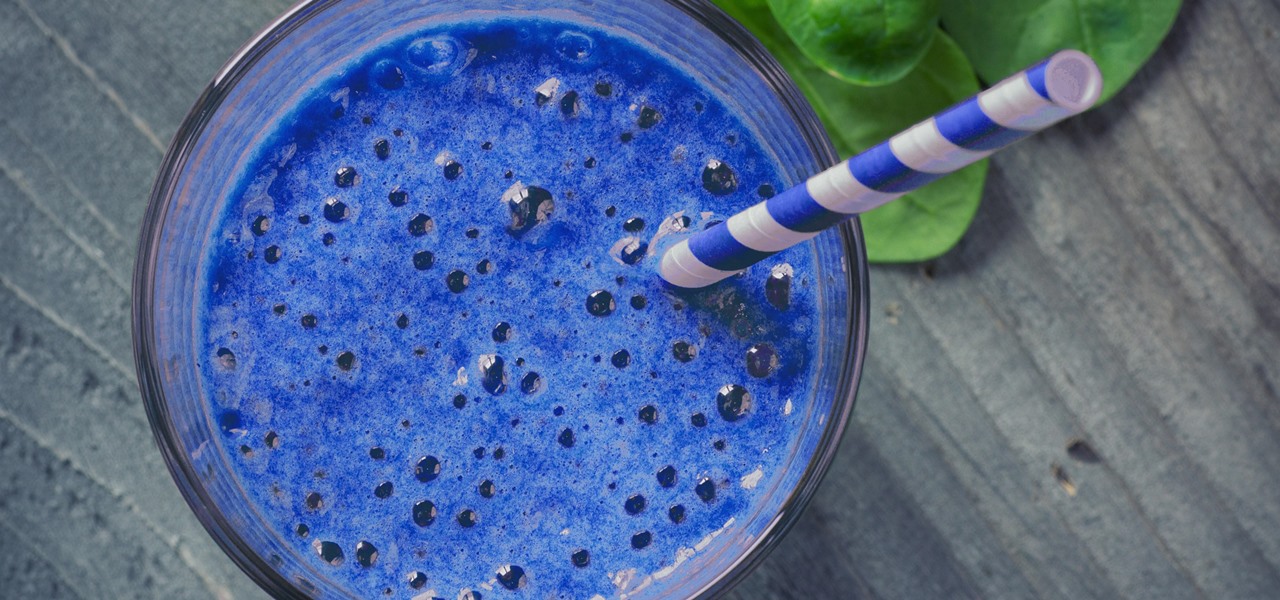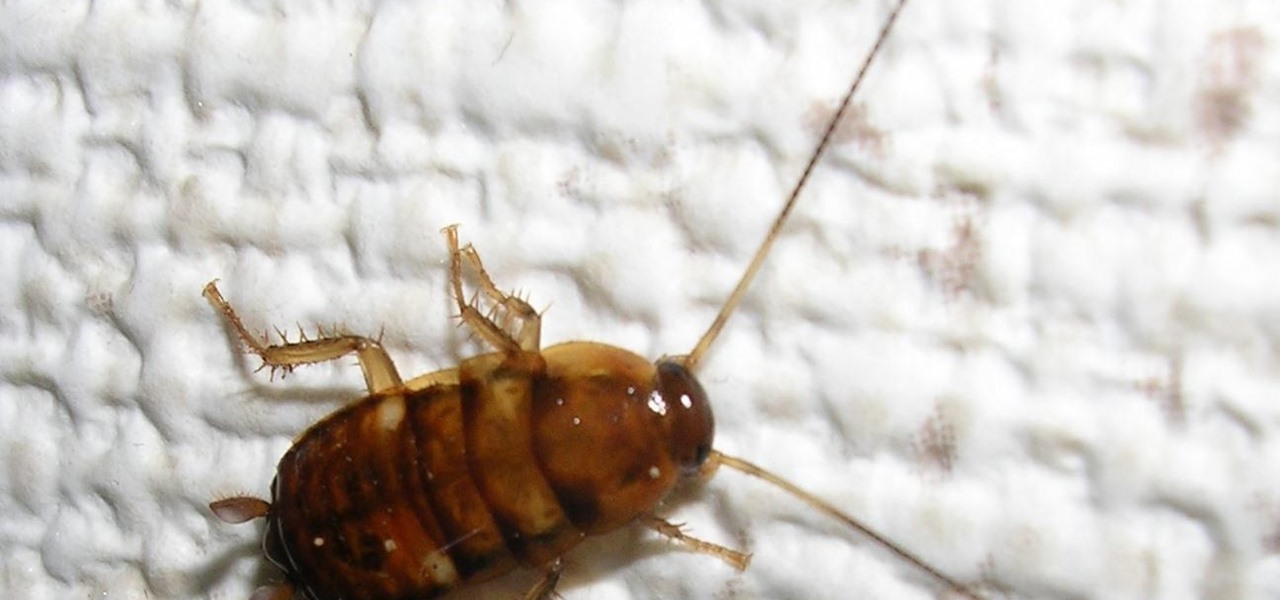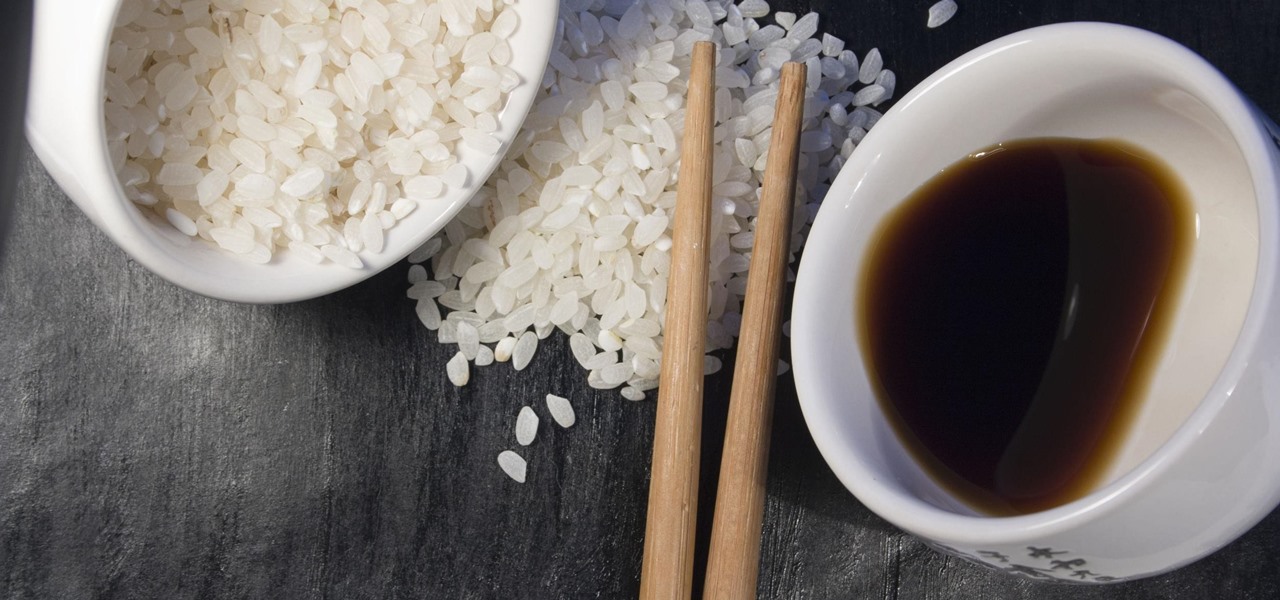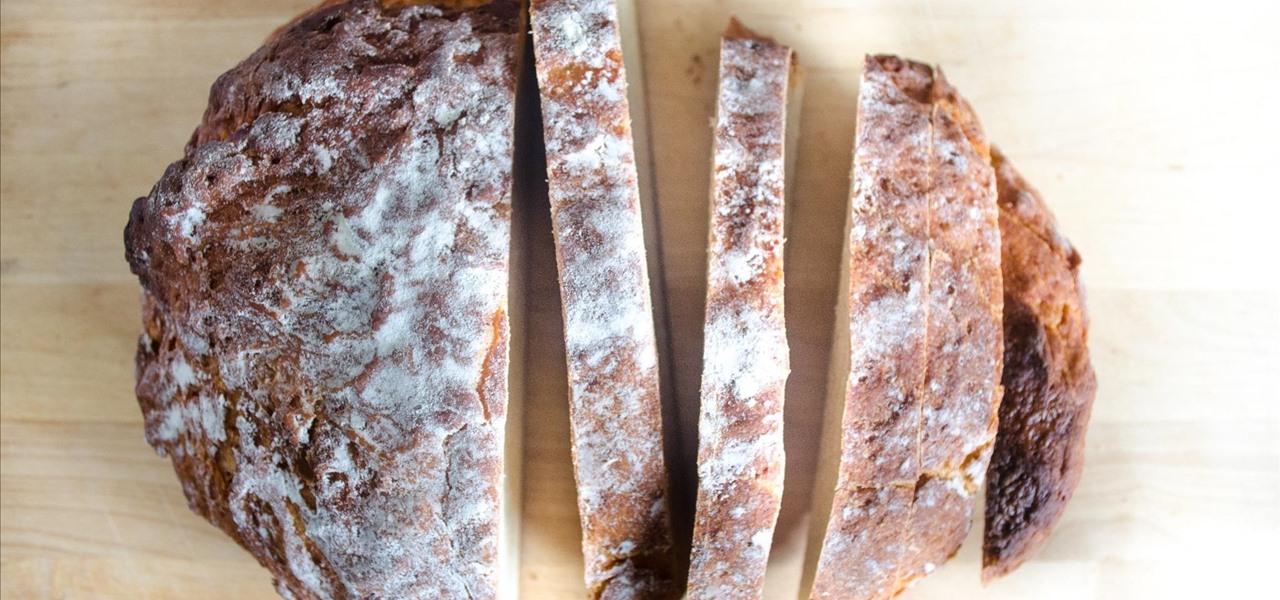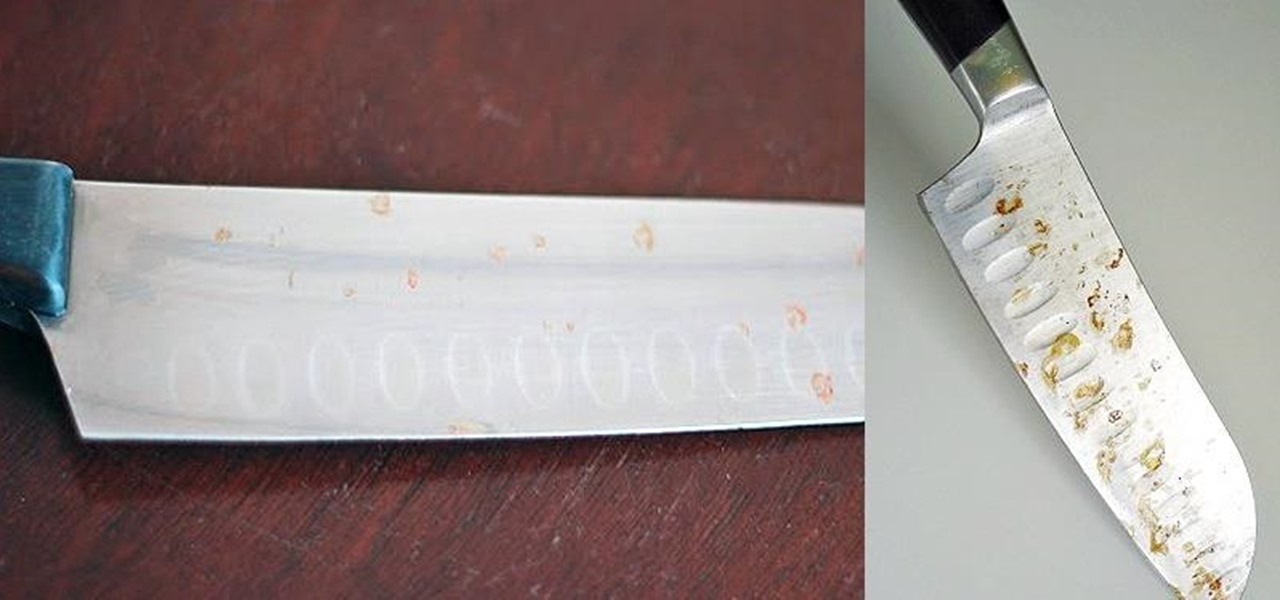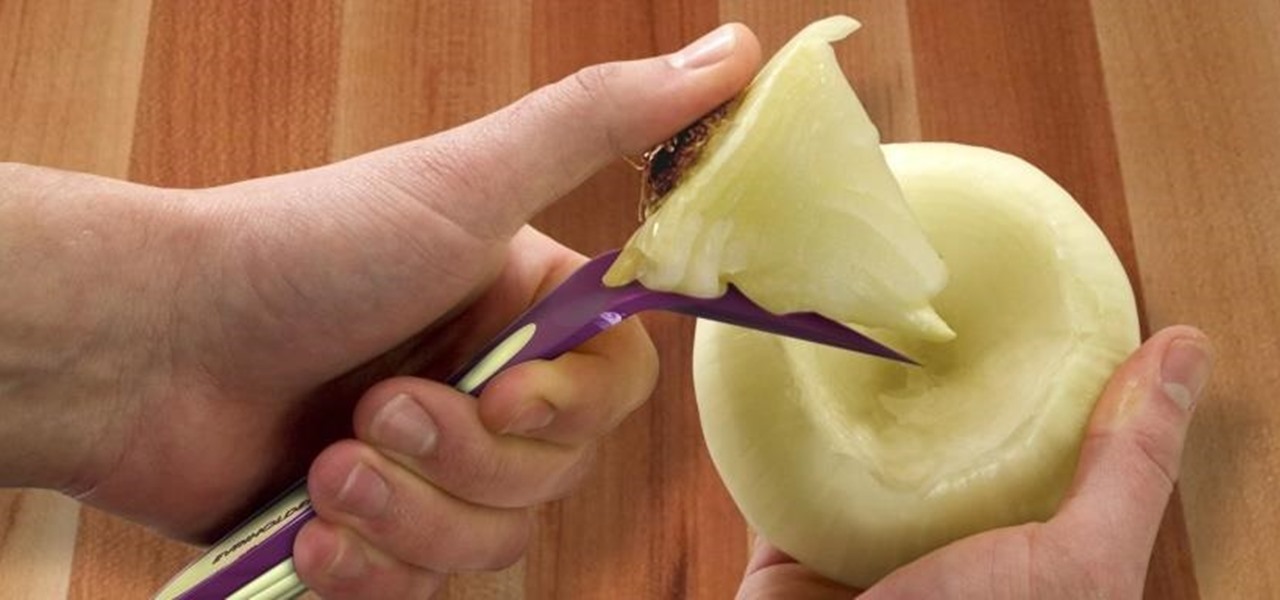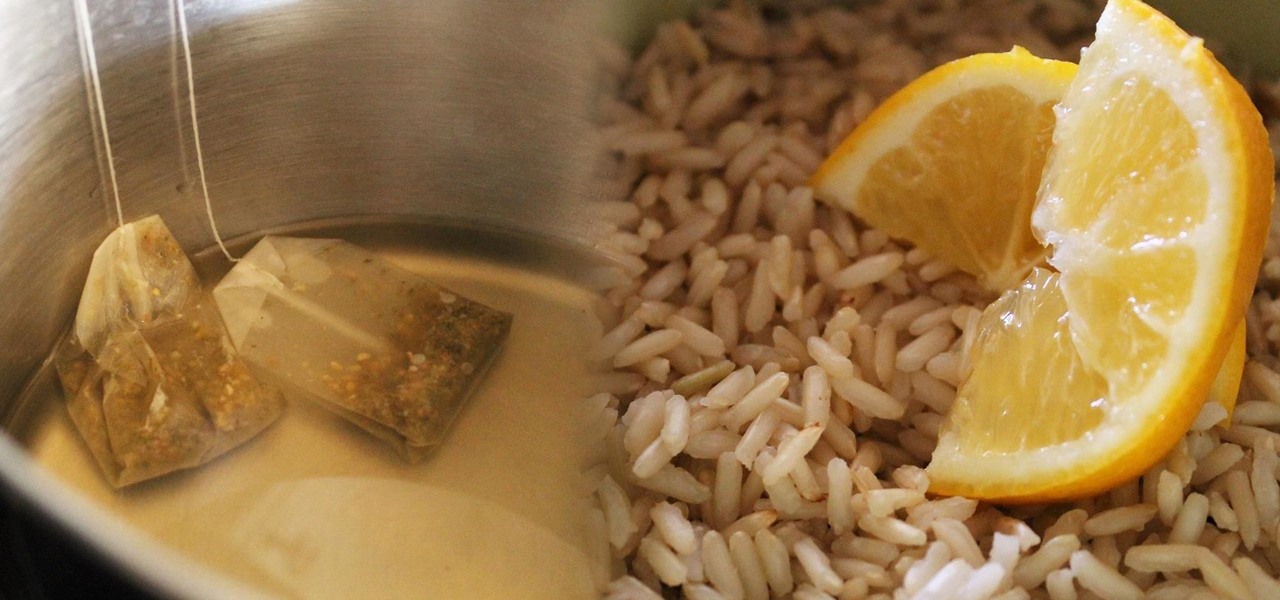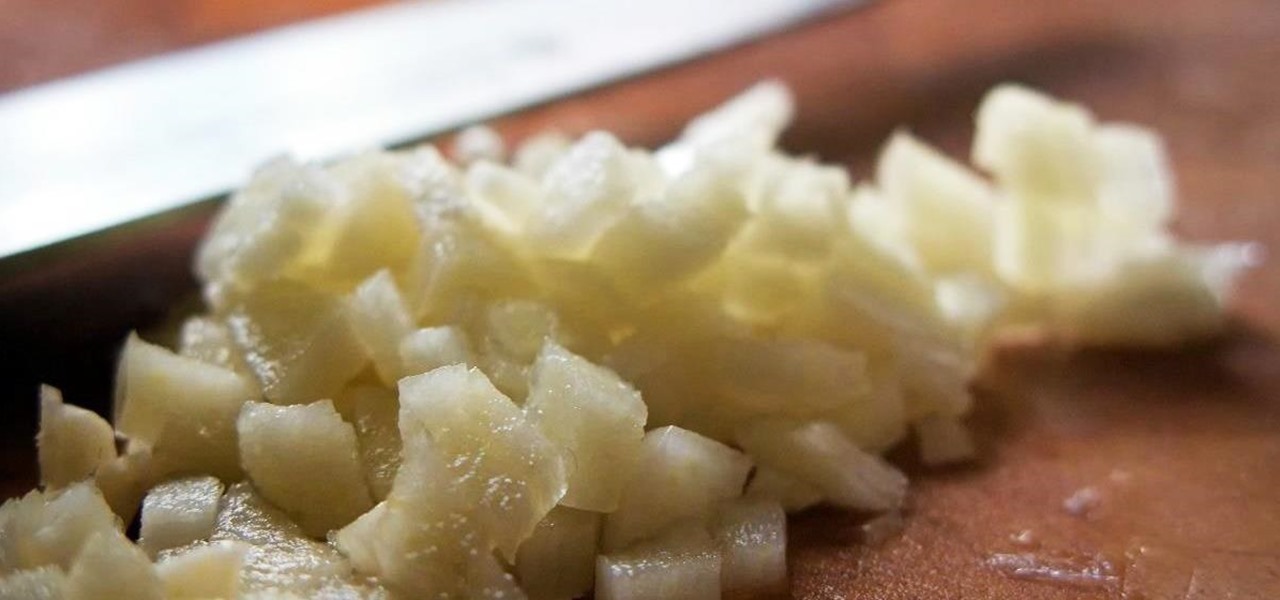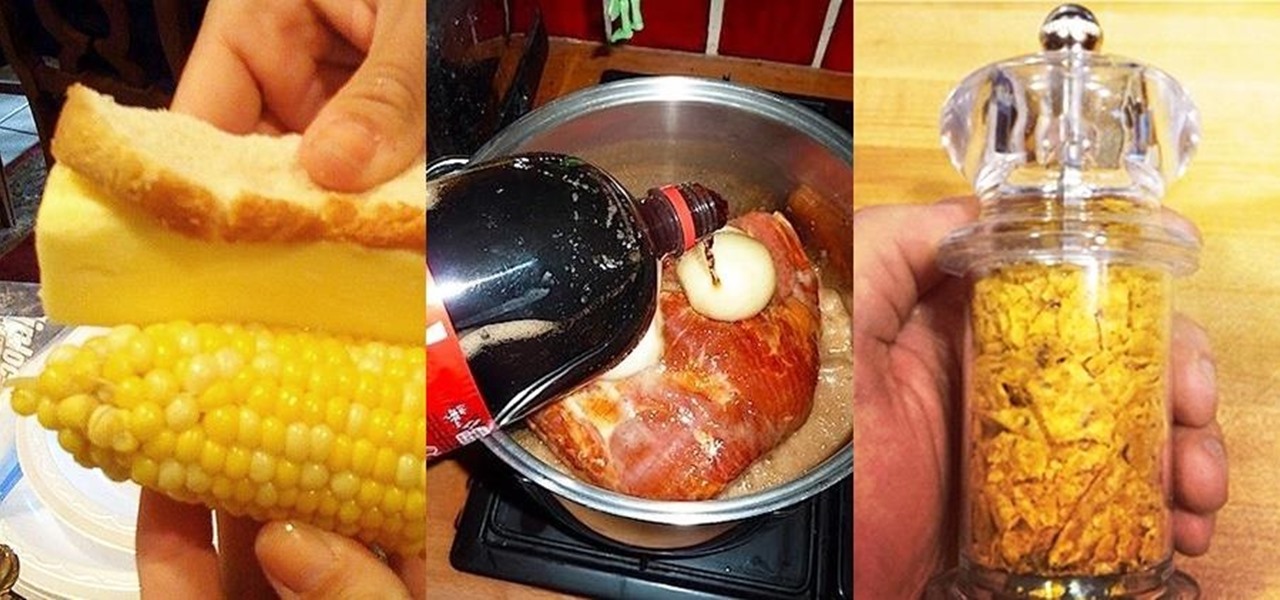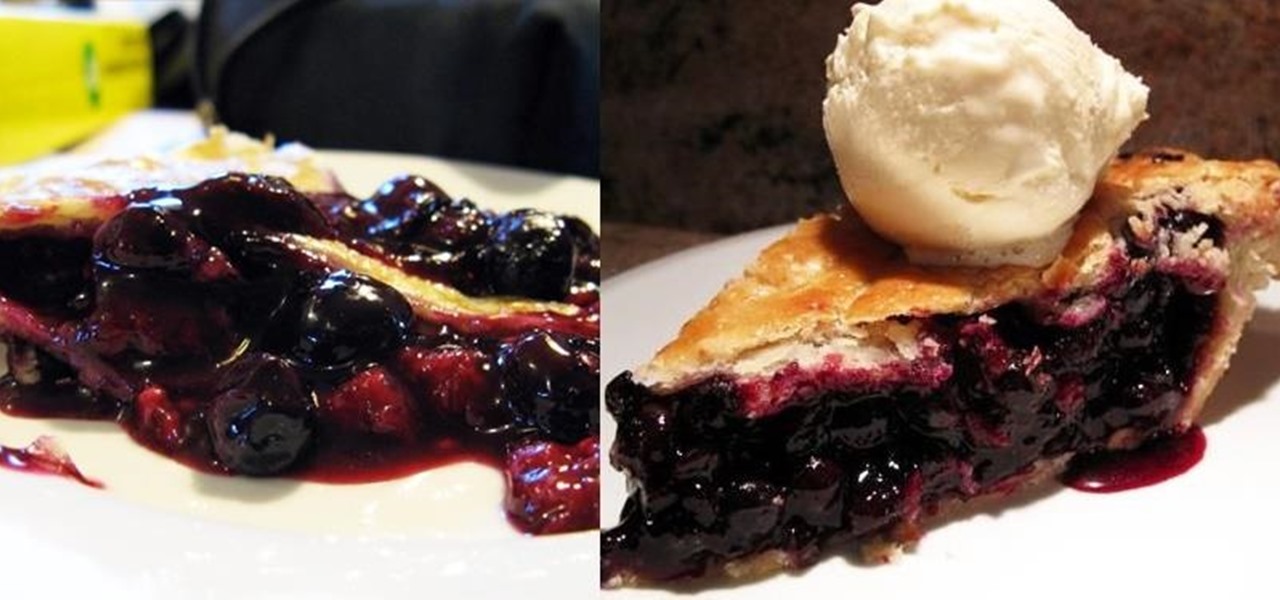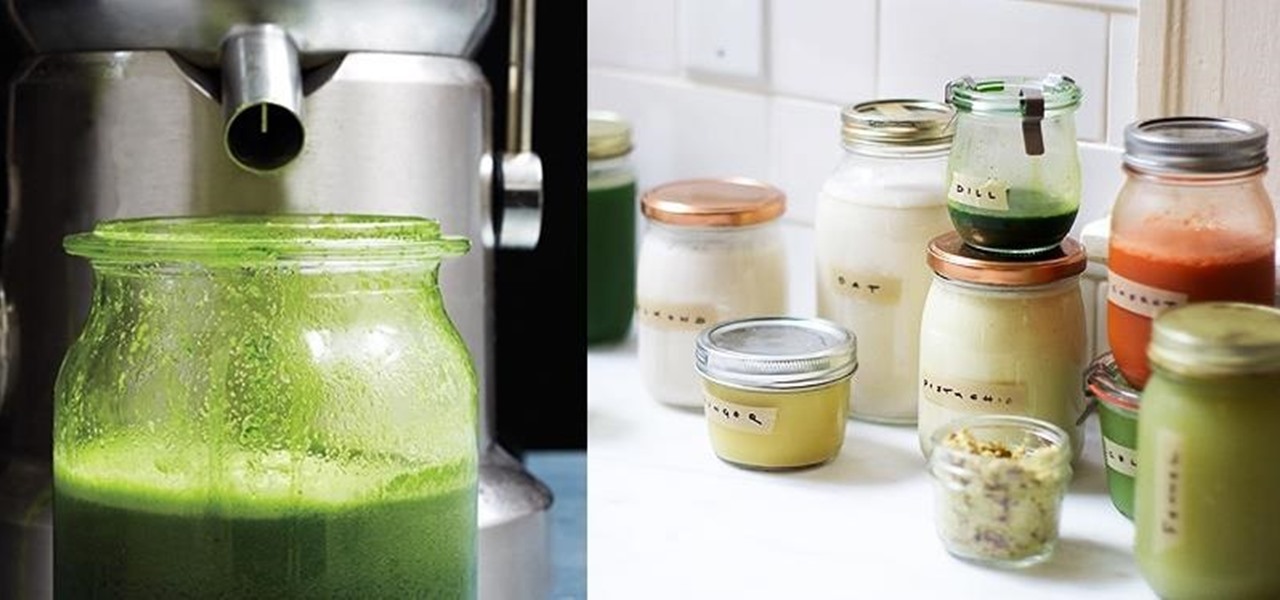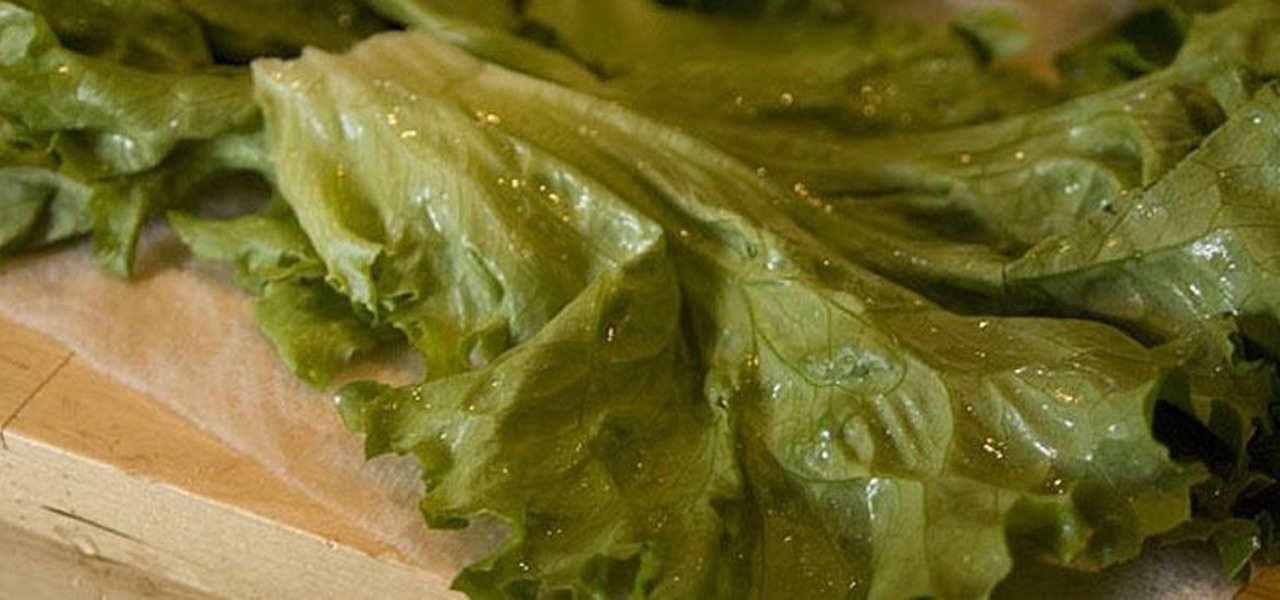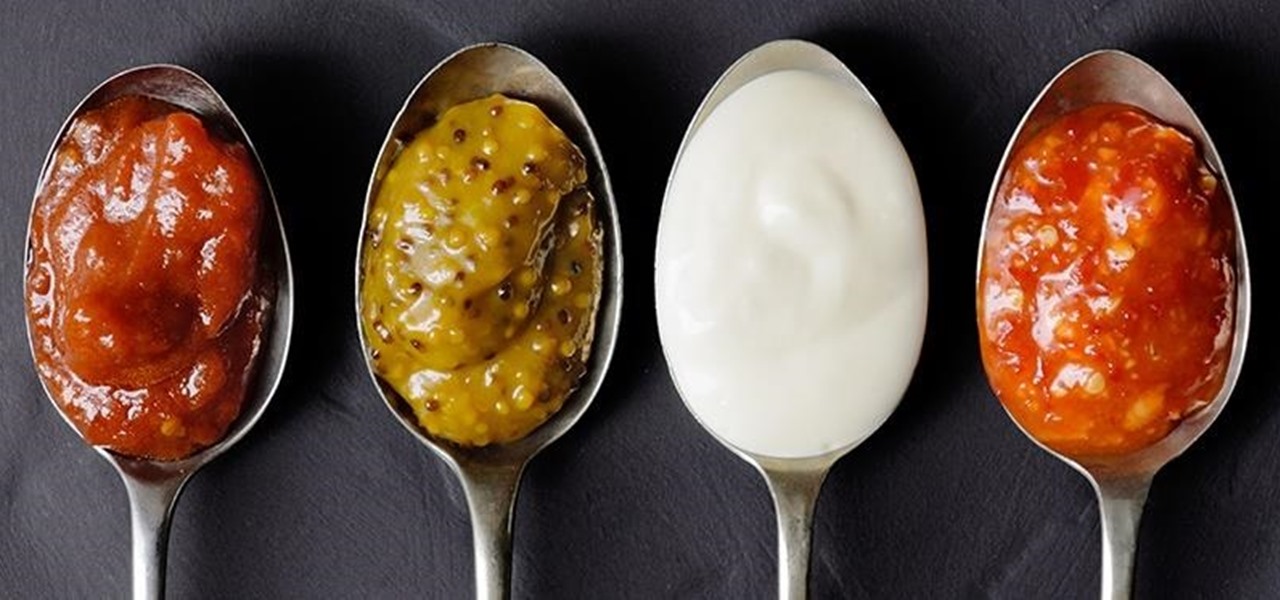
Most of you probably spread ketchup all over hamburgers and fries. Some of you may even drink it straight. But did you know that tame (and slightly addictive) condiment in your fridge is also a powerful cleaning agent?
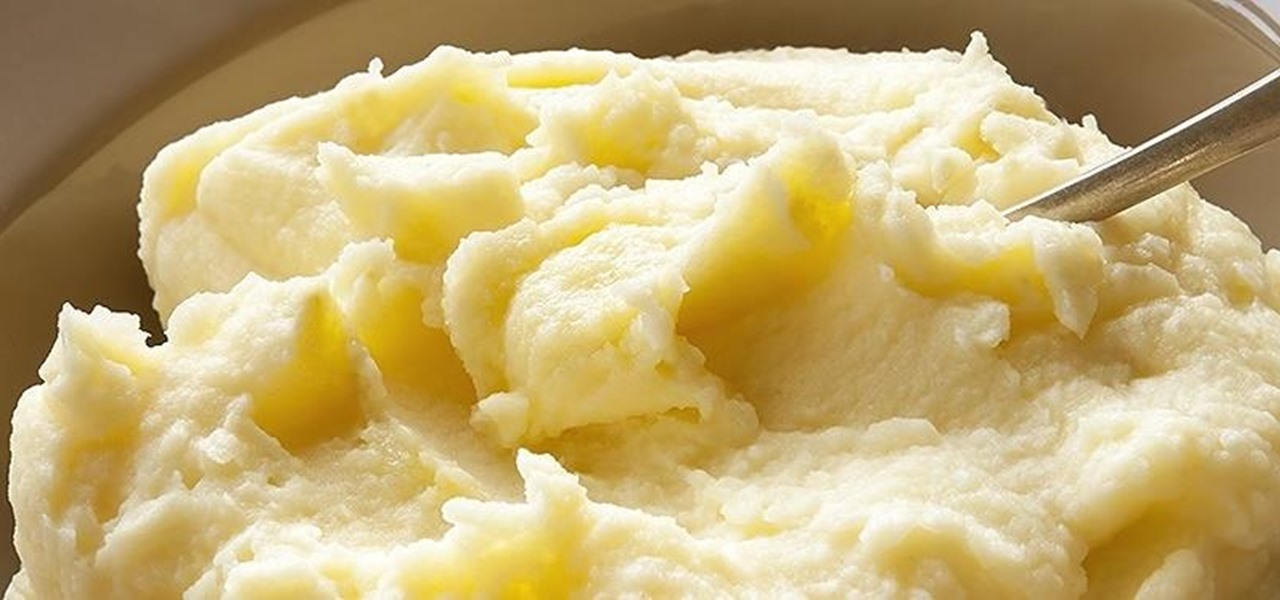
Mashed potatoes are universally beloved, and for a good reason — they're cheap, tasty, and relatively easy to make. What's more, they're adaptable to just about every dietary regimen, whether you're vegan, gluten-free, or lactose-intolerant. And they're a staple for holidays such as Thanksgiving.
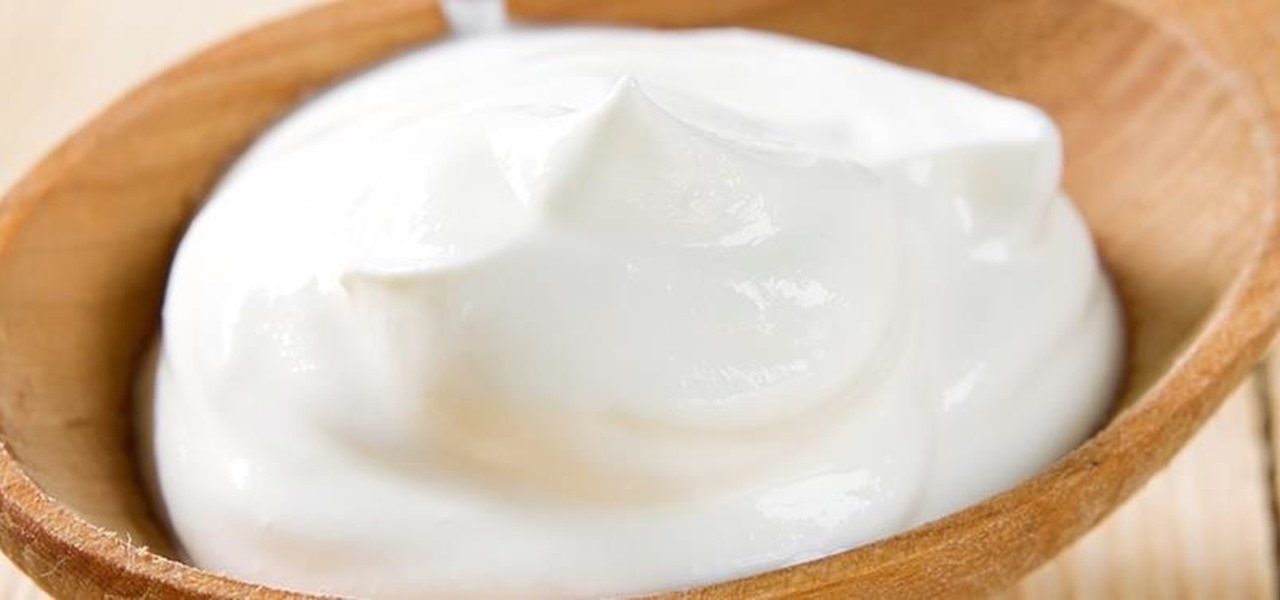
Cultured dairy products are great for topping chilis and soups, stirring into dips, and adding tanginess to breads and pancakes. They're extremely versatile and often interchangeable, and they contain probiotics that offer a long list of health benefits. They're also super easy to make at home with just a few basic ingredients. Here's how to make your own buttermilk, sour cream and crème fraîche.
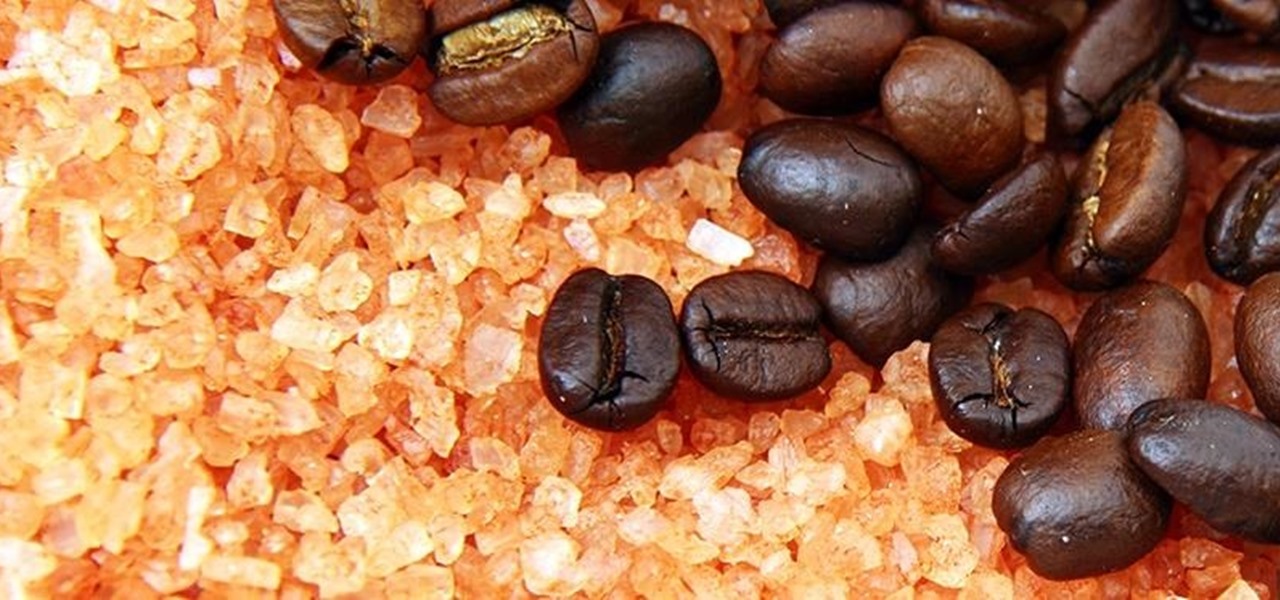
You probably already know that cooking involves a ton of chemistry. Bread rises because of the reaction between the flour and leavener, and the delicious crust on your steak is formed by the Maillard reaction. Understanding the chemistry going on behind the scenes is one of the best ways to improve the quality of your food—it's much easier to fix a problem when you know what's causing it.
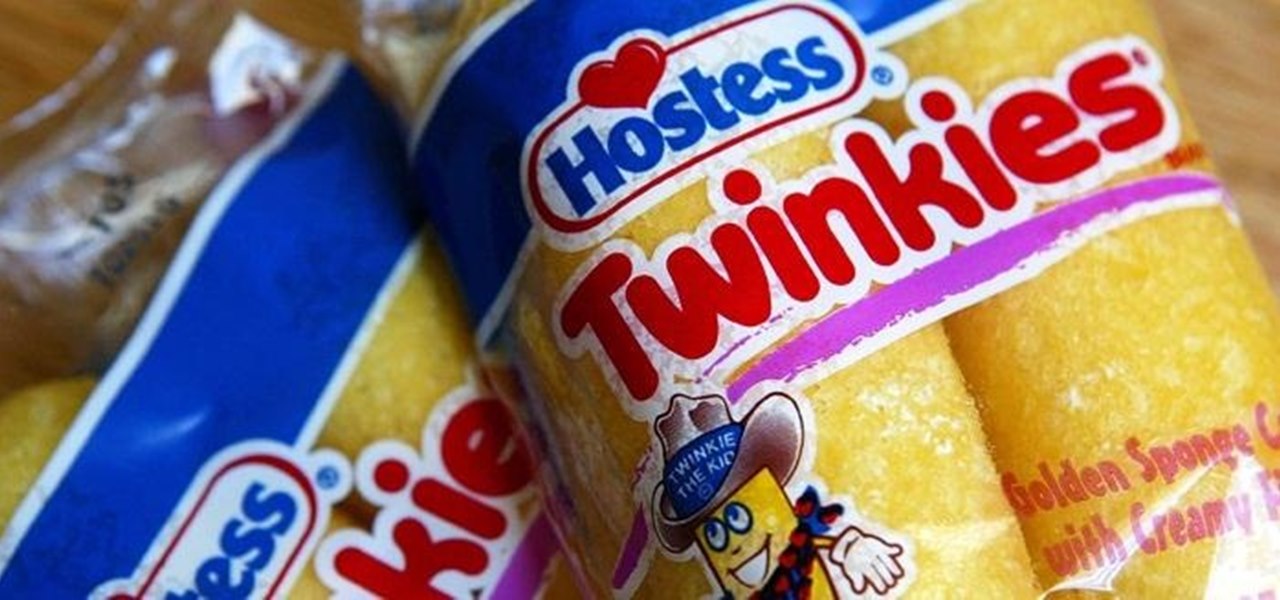
As a kid, I remember hearing the myth that Twinkies could last forever. The rumor was that they were made from chemical ingredients that caused the Twinkies to stay fresh and edible for years and years. Right along with the cockroach, Twinkies were supposed to be the only survivors of the nuclear holocaust that would destroy the entire world. As I got older, I realized the rumor wasn't true. Twinkies actually have a shelf life of just 25 days. And with the news that Hostess is going out of bu...
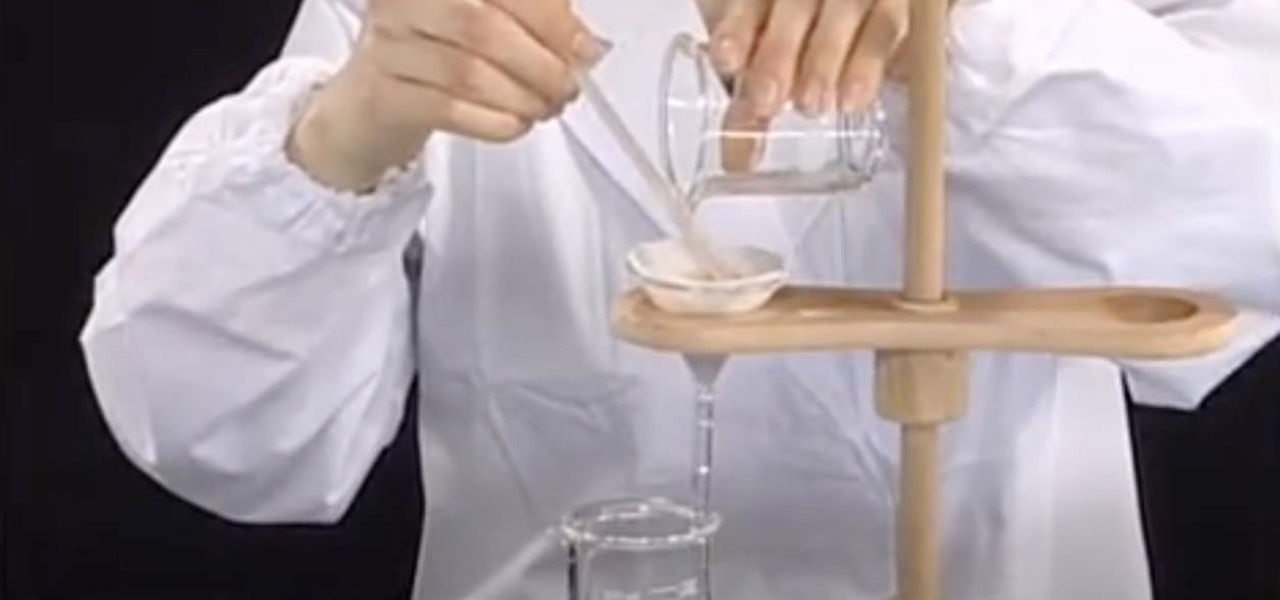
Find out how everything in a chemistry lab works, from pipettes to burners to recrystallization to storage. You'll get precise instructions on how to work and perform certain scientific duties in the chem lab, whether it's chemical or just ordinary high school science.

Don’t wait for your next headache to pull out that bottle of aspirin. Aspirin can be used as a topical home remedy for some medical problems, and as a handy fix to remove stain, keep your flowers fresh and even start a car battery.

The bacteria in our gut — a community called the gut microbiome — have been in the spotlight a lot lately. What we're learning about how our intestinal bacteria adapt and grow with our bodies could help athletes perform better, according to researchers starting a company focused on creating probiotics that mimic athletes' microbiomes.

Before you bite into that beautiful tomato in your garden, the tomato fruitworm, or the Colorado potato beetle, might have beat you to it.

If I were to write a snickerdoodle FAQ list, the top question would undoubtedly be "Do I really need to use cream of tartar in my snickerdoodle cookies?"

The sweet aroma of cooked fruit filling your kitchen is one of the trademark scents of summer. Yet attaining the perfect consistency for homemade jam can be difficult to master. Often it ends up a watery mess or over-solidifies into thick mystery goo that is destined for the trash, not topping your toast.

The headline above may have some spice addicts shaking their heads, but, believe it or not, there are people out there who either don't like or can't handle a ton of spice.

Minor mishaps occur all the time in the kitchen, whether you cut your finger while dicing an onion, scorched your hand in a grease fire, or burned the roof of your mouth because you were to eager to taste-test your killer pasta sauce.

Coffee! It's so amazing that J.S. Bach wrote a comic opera about caffeine addiction. Meanwhile, more than half of Americans 18 years or older start their day with a cup of the hot stuff. Most of us take coffee for granted, but it's a bean that can surprise you. Read on to understand more about coffee and how to take advantage of all that it offers.

Break out the office supplies and kitchen utensils, because improving your morning makeup routine is about to get a lot easier. Some of the things you have lying around the house can provide the perfect solution for some of the most common beauty problems. We've collected 10 of our favorites.

Fifty-four percent of Americans 18 and older drink coffee every day, and why not? With 100 milligrams of caffeine per six ounces of drip coffee, it's just the morning beverage to wake you up and kickstart your day. You can feel the caffeine surge through your body like the Holy Ghost, making you aware, focused, and ready for action.

For the novice cook, fungi can be weird because, well, they're fungi. However, if you've been afraid to get acquainted with mushrooms, you've been missing out. Vegetarians love mushrooms and with good reason.

White or light-colored dinnerware is a classic: it looks crisp, clean, and elegant. The only problem is that after you've used it for a few years, the surfaces bear a lot of grey scuff marks from forks, spoons, and knives being dragged across the surface.

Cold brewing tea and coffee are all the rage, and for good reason: they're idiot-proof. I, personally, am a total dunce at brewing coffee. It either ends up strong enough to peel paint from a car or so weak that you can see through it. Meanwhile, I have friends who inevitably brew green tea to the point where it's painful to drink it.

Cast iron is one of the best surfaces to cook on, but taking care of it is a whole 'nother story. It's not as simple as just washing it in soapy water like all of your other pans, and everyone has different ideas about how it should be done. It seems intimidating at first, but once you learn the basics, you'll be making the best steaks, homemade pizza, and fried chicken of your life.

Make a fantastic brisket for your next holiday meal. Brisket can be dry and bland when not done correctly so remind everyone just how delicious and oven-roasted beef brisket can be with this flavor popping recipe.

Home chemistry is great, but what happens when you forget to label your chemicals? How do you know if you turned a clear glass of ammonia into a clear glass of unobtainium? Chemists have a tool for just that.

A development duo has concocted an iPhone app that displays related tweets based on objects recognized by the device's camera.

The number of households in the US that go hungry because they lack money for food hit a high of almost 15% in 2011. While that number continues to decline, nearly 13% of American households still go hungry.

A state of emergency has been declared in Malaysia's northeastern Kelantan state after an outbreak of avian influenza virus H5N1.

As many as 700 species of bacteria live on our teeth and in our mouth, and just like the microbiomes inhabiting other parts of our bodies, they change in response to diseases and other health conditions.

You're all kale-d out, you've had it up to here with golden milk, and you're on the prowl for the next superfood. Well, get ready for some unicellular goodness: the next superfood is an algae named Spirulina, also known as Blue Majik. (Kudos to the marketing exec that came up with that, am I right?)

In the Western world, the only time you'd associate food with cockroaches is health code violations. And while other cultures and countries are more open to cooking with and eating these and other little buggers, insects are probably not a food trend that will be adopted by the West anytime soon.

Koji is a culture made up of a certain fungus (mold) called Aspergillus oryzae, which has been used to ferment rice and soybeans in Japanese, Chinese, and Korean kitchens for centuries. Koji can actually have other involved fungi, but Aspergillus oryzae is the most common, and therefore the names can be used interchangeably. Its end purpose is to enhance the flavor of items like soy sauce, sake, and miso.

One of the best qualities about fresh bread (such as sourdough) is a thick, crispy crust—which is easy to create in a commercial oven, but can be tricky for home cooks to replicate. Luckily, the the trick to baking a professional-style crust is a simple one—just bake your loaf with steam using one of these three methods to achieve the perfect, crispy crust.

If you're careless and tend to leave your knives lying around or in the sink, chances are you've struggled with rusty blades.

Taking care of your car requires effort, whether you take it to the pros for washes, waxes, and detailing, or you spend time to make it shine yourself—and it often seems that, right after your car is sparkling again, rain or midnight moisture appears to cover its surface in water spots. With a small tweak to your typical car care routine, you may be able to keep your car's surface and windows shining longer and better: you just need to add a little hair conditioning liquid.

Even though you may love onions, cutting them is probably a completely different story. You've really got to be a pro at slicing and dicing them without getting frustrated, and even then they can still make your cry—literally. But if you don't want to wear a pair of goggles to keep those tears from falling, you have to cut your onions in a very special way.

Cooking rice, pasta, and other grains in water is so boring. There is a much better way to guarantee they will have your mouth chewing something seriously tasty: cook them in something that isn't water. Alternative liquids such as stock, milk, juice, or even tea will give bland dishes a fresh new flavor boost. If you're not sure how your dishes might taste, never fear: we tested them out. Before getting started, be sure to read this article first so that you know why it's important to rinse y...

It's a shame that one of the world's tastiest foods can be such a pain to prep. Most cooks are familiar with this conundrum: chopping or crushing garlic releases a pungent liquid that causes bits of garlic to stick your knife and hands, creating a messy affair. So what is going on here? The common assumption is that the garlic is releasing some kind of oil, but the truth is that this liquid rinses away easily in water. Yet one of the basic precepts of chemistry is that oil and water don't mix.

We're always looking for great food hacks to help us become better cooks who can create delicious food with less waste, fuss, and hassle. You never know where the next good tip will come from, so we've all learned to keep our eyes and ears wide open.

Pies and soufflés: these are two dishes that can try even the most experienced cook. Berry pies can be especially challenging, since the high water content of cherries, strawberries, blueberries, and blackberries often leads to a big, leaky mess once you cut into your beautiful pie.

There are several reasons why restaurant food tastes so good. One is that the cooks know how to make reductions, which involves cooking down large amounts of liquid until it becomes a pool of thick, glossy sauce. While this technique isn't hard to learn, it can be time-consuming.

Salad greens are a staple in my house and for good reason: they're cheap, nutritious, and work as a base or an accompaniment for almost all meals. However, it's all too easy to forget about them and then pull out a bag filled with sludgy dark goo or yellow, inedible leaves.

Sometimes you've got a head of lettuce that you want to eat but it lacks a certain youth. In other words, it's wilted and browning at the edges. Other times, you get to the grocery store near the end of day and the only lettuce or greens available look a little on the sad side. Never fear. You're not doomed to a meal of fast food or mouthfuls of soggy salad. You can easily revive those leaves and have something crisp, green, and delicious for your next meal, so don't dump it in the trash.










